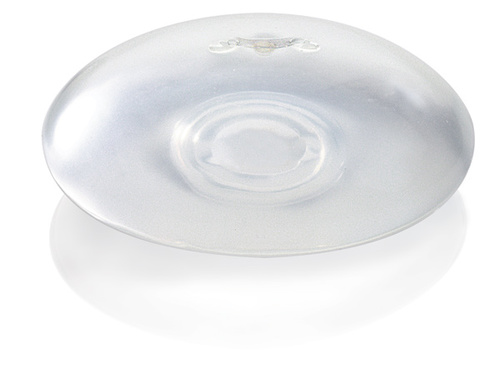Breast Implants: What You Need to Know


Round breast implants in different shapes.
In a previous blog we talked about some of the things you should know before you have a breast augmentation procedure. We tackled the importance of knowing your primary motivation for the procedure, choosing an implant size, and smooth and textured shells. Today we’re going to discuss the different types of breast implants to help you determine the right one for you.
Breast implants are defined by the U.S. Food and Drug Administration as, “medical devices that are implanted under the breast tissue or under the chest muscle to increase breast size (augmentation) or to rebuild breast tissue after mastectomy or other damage to the breast (reconstruction). They are also used in revision surgeries, which correct or improve the result of an original surgery.”
The FDA has approved two types of breast implants for sale in the country: silicone gel-filled, and saline-filled. Both kinds of implants have silicone outer layers (also referred to as “shell”), although they can have different surface textures, sizes, shell thickness, and shapes.
The Difference Between Saline-filled and Silicone-filled Breast Implants
Saline-filled breast implants are inserted empty into the body, and then they are filled with sterile salt water when they are in place. Saline breast implants are a nice option for those concerned about having the silicone option because in case the saline implant shell leaks, the saline implant will collapse and the solution will be absorbed by the body without any harmful effects. Rather, the body would naturally expel the saline.
Leakage or ruptures are easy to detect in saline implants because they create a sort of “flat tire” appearance. It is recommended for women 18 and above.
On the other hand, silicone breast implants are pre-filled with silicone gel. These feel and look way more natural than saline implants because it closely resembles human fat in texture. It is recommended for women 22 and older, or for women of any age in cases of reconstructive surgery. However, determining a rupture or leak requires the use of MRI and sometimes other radiologic studies with a silicone implant. If it leaks, the “gummy bear” gel typically remains inside the implant. It does not necessarily collapse the entire implant.
The Complications and Risks
According to the FDA, there are several complications associated with breast implants. One of the most common is capsular contracture, or the “tightening of the tissue capsule around an implant, resulting in firmness or hardening of the breast and squeezing of the implant if severe.” Other common complications are rupture (“a tear or hole in the implant’s outer shell”) and infections.
If you get silicone implants, it is recommended you have regular visits to see your plastic surgeon to ensure that the implants haven’t ruptured or leaked. Oftentimes an MRI or ultrasound are needed to determine that the breast implants are working properly. In case it does rupture, your doctor would advise you on the next steps you can take.
One last thing – the FDA warns that breast implants aren’t designed to last forever. In common instances, breast implants would have to be replaced within 10 to 15 years. However, you can opt to have another procedure performed while your current implant is being replaced – thus getting the opportunity to keep more ideal looking breasts as you age.


Trackbacks